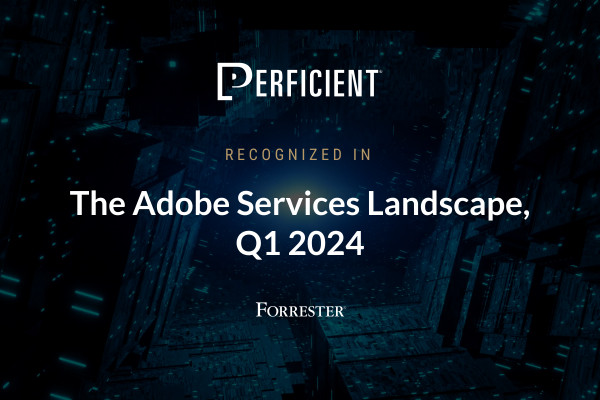Nearly all businesses have invested in digital commerce to varying degrees over the past two decades. Previously, digital commerce was thought of as a channel through which the business exposed its way of doing business to a digital audience. This thought served businesses well when the digital audience had little expectation with a business online and were willing to discover how to engage with it best.
But today digital audience expectations are extremely high and demand a frictionless experience that they want from all businesses. Digital commerce is no longer a digital model of a business and its processes, but an experience and expectation that digital audiences bring to the business. The script, as they say, has been flipped.
Businesses that have not realized this transformation make these common mistakes:
- Blaming technology and “re-platforming” without aligning people, processes, and technology to meet digital commerce demands and not seeing different results.
- Focusing on the wrong capabilities and missing the key foundational elements necessary to create experiences that delight audiences
- Overshooting their digital maturity and trying to immediately implement disruptive trends without maturing the organization to do so successfully
It’s easy to see how businesses find themselves in this situation, as most haven’t adopted strategies to align their existing business to newer technologies as it developed. They haven’t stepped back and looked at the digital evolution as a whole and what impact it has had on customer expectation – and these expectations don’t align with how the business functions today.
Digital commerce is meeting your customer when and where they want to engage and transact with your business. This requires a digital commerce transformation that harmonizes the organizations buying and selling of products and services to the digital-first expectations of their audience. Failing to transform and align is certain to drive digital audiences to competitors that do. The consequence of this is enormous with digital commerce as a core driver of future revenue growth.
Why businesses struggle to become digitally obsessed
Most businesses predate the mobile phone and almost as many predate the Internet. This is the best realization that the people, processes, and technology that have made businesses what they are today aren’t aligned to what a digital-first customer looks like or what the way they demand to do business.
It’s not enough to simply label an organization “digital” and make them responsible for the revenue that flows through the Internet as a “channel.” Much of the business and the way it functions outside of this digital team has a direct impact on the ability of this digital organization to achieve the digital-first engagement with customers that’s required today.
Businesses have gone to great lengths to silo these digital organizations with efforts like dedicating inventory, isolating budgets, defining digital-only key performance indicators (KPIs), and many other efforts to in effect create a digital arm without effectively changing the rest of their existing business to support digital-first engagement. This has the effect of simply digitalizing current business operations and exposing them to a digital audience. Remember, nearly all businesses function today isn’t how digital customers want to engage. These siloed approaches, therefore, will not align to digital demands and in many cases will only highlight the misalignment a business has with such demands.
Recent trends have seen new roles emerge in an effort to support a digital-first future. Chief Digital Officers, Chief Customer Officer, Chief Experience Officer, Head of Digital, and many other variations have been created to recognize the importance of doing business the way customers want to engage. However, these roles will only be effective when they are able to effect change across all departments. Failure to realize and support the roles in the pervasive changes across a business’ people, processes and technology leads to the limited success many organizations have seen when trying to meet their customer’s digital demands.
In my next piece, we’ll dive more into what the next steps look like in a successful digital commerce transformation. In the meantime, contact our commerce experts today.



